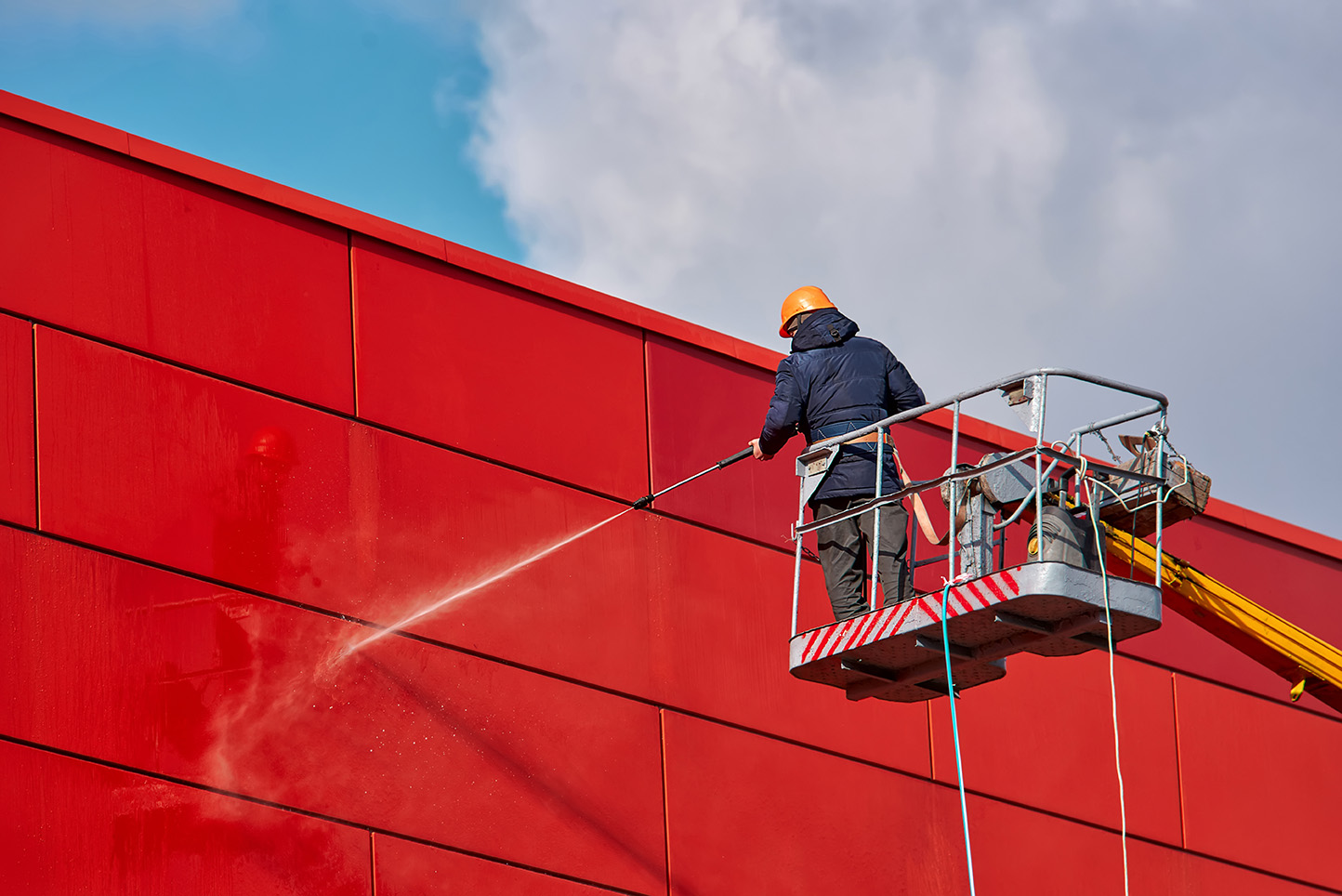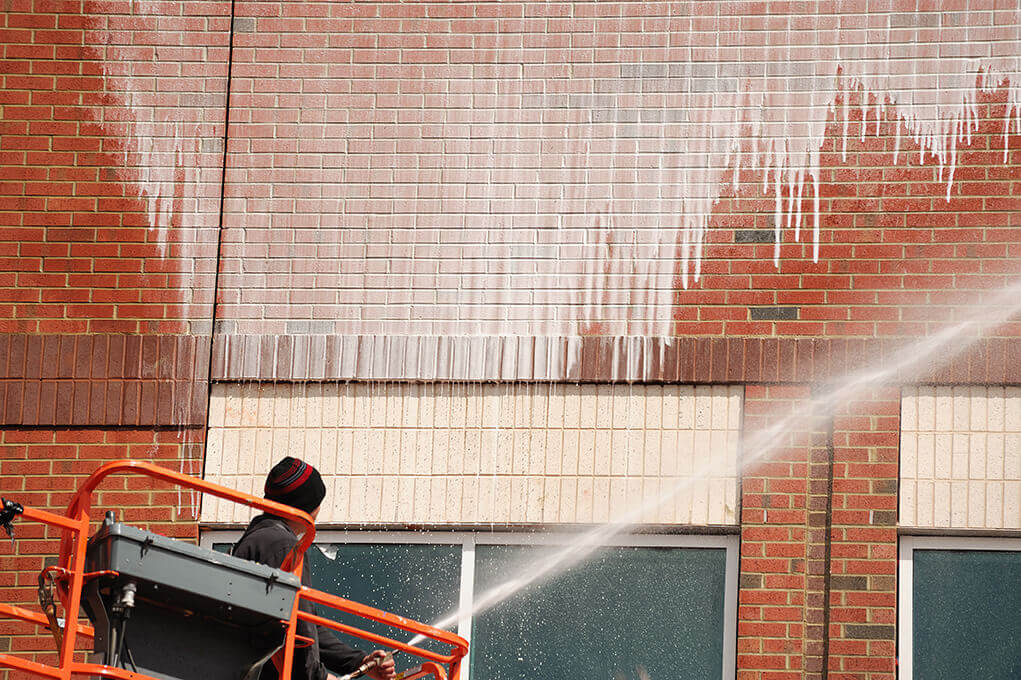Power Washing Safety: Essential Tips to Avoid Damage
Imagine transforming your home’s exterior from dull and grimy to gleaming and pristine with just the power of water. Power washing is an incredibly effective way to rejuvenate your property, but it comes with its own set of risks. While a power washer can clear years of stubborn dirt and mildew in minutes, it can also cause significant damage if not used correctly. Whether you’re a seasoned DIYer or new to power washing, understanding the safety precautions is crucial. In this article, we’ll delve into the essential tips for safe power washing, ensuring you achieve spectacular results without any costly mishaps.
Understanding Your Equipment
Understanding your equipment is the first and most crucial step in ensuring power washing safety and preventing damage. Different pressure washers come with varying pressure levels, nozzle attachments, and features that suit specific tasks. Before starting, take the time to read the user manual thoroughly to familiarize yourself with your machine’s capabilities and limitations. This includes knowing how to adjust pressure settings and when to use particular nozzles for different surfaces. Practicing on a small, inconspicuous area can help you get a feel for the power washer and ensure you’re comfortable handling it before tackling larger projects. Proper knowledge of your equipment not only enhances safety but also ensures a more efficient and effective cleaning process.
Equipping yourself with this understanding allows you to tailor your approach to each task, minimizing the risk of damage. For instance, using a high-pressure setting on delicate wood siding or near window seals could cause significant harm, while low pressure might be insufficient for tough stains on concrete. Knowing the right balance and how to achieve it with your specific model is essential. Moreover, regularly inspecting your equipment for wear and tear, such as checking hoses for leaks and ensuring nozzle tips are clear of debris, can prevent malfunctions that might lead to accidents. By mastering your power washer’s functionalities and maintaining it well, you pave the way for a safe, successful power washing experience every time.

Wearing Appropriate Safety Gear
Wearing appropriate safety gear is paramount when power washing to protect yourself from potential hazards. The force generated by a power washer can cause debris to fly at high speeds, posing risks to your eyes and skin. Always wear safety goggles to shield your eyes from errant particles, water spray, and cleaning chemicals. Gloves are essential to protect your hands from the intense pressure and harsh detergents often used in power washing. Non-slip shoes provide stability on wet surfaces, reducing the risk of slips and falls. Long-sleeved shirts and pants protect your skin from direct exposure to the high-pressure stream, which can cause serious abrasions or lacerations if mishandled.
In addition to personal protective equipment, consider using ear protection if your power washer operates at high decibel levels, which can be harmful over prolonged periods. A sturdy, wide-brimmed hat can also be helpful for protecting your face and neck from potential splashes and sun exposure during extended outdoor work. Before starting your power washing project, ensure that all safety gear is in good condition and fits properly to maximize protection. By prioritizing the wearing of appropriate safety gear, you not only safeguard yourself but also create a safer working environment, allowing you to focus on achieving the best results without unnecessary risks.
Choosing the Right Pressure Settings
Choosing the right pressure settings is crucial to ensuring safety and avoiding damage when power washing various surfaces. Different materials require different levels of pressure to clean effectively without being harmed. For instance, delicate surfaces like wood siding or painted areas should be cleaned using lower pressure settings, typically under 1,500 PSI, to avoid stripping paint or gouging the wood. On the other hand, more resilient surfaces such as concrete driveways or brick walls can handle higher pressures, usually between 2,000 and 3,000 PSI, to remove stubborn stains and grime effectively. Starting with the lowest pressure setting and gradually increasing it allows you to find the optimal level for cleaning without causing damage.
Understanding and selecting the appropriate nozzle is equally important in controlling the pressure and spread of the water jet. Nozzles are typically color-coded to indicate their spray angles and pressure levels: red (0 degrees) provides a concentrated, high-pressure stream ideal for tough stains but risky for most surfaces; green (25 degrees) offers a versatile medium-pressure spray suitable for general cleaning; and white (40 degrees) delivers a gentle, wide spray perfect for rinsing and delicate surfaces. By matching the pressure settings and nozzle types to the specific needs of each surface, you can achieve efficient, thorough cleaning while minimizing the risk of damage and ensuring a safe power-washing experience.
Maintaining a Safe Distance
Maintaining a safe distance while pressure washing is essential to prevent damage to surfaces and ensure your safety. Holding the nozzle too close can concentrate the force of the water, potentially causing significant harm to the material being cleaned. For example, positioning the nozzle too near wood siding can strip paint and gouge the wood, while being too close to windows might crack or shatter the glass. As a general rule, keeping the nozzle at least 6 to 12 inches away from the surface you’re cleaning provides a good balance of cleaning power and safety. Adjust this distance depending on the material’s sensitivity and the pressure setting being used, always erring on the side of caution to avoid unintentional damage.
In addition to protecting the surfaces, maintaining a safe distance helps you control the power washer more effectively and reduces the risk of personal injury. The force of the water jet can cause kickback, and standing too close increases the likelihood of losing control of the nozzle, resulting in possible harm to yourself or others nearby. Always use a stable stance and keep both hands on the power washer to manage recoil better. Moreover, be mindful of your surroundings, ensuring no one else is within the spray zone to prevent accidental injuries. By adhering to these guidelines, you can achieve efficient cleaning results while safeguarding both the surfaces and everyone involved in the power washing process.
Avoiding Vulnerable Areas
Avoiding vulnerable areas is a critical aspect of power washing safety, ensuring that you don’t inadvertently cause damage to your property. Certain parts of your home, such as windows, door frames, electrical outlets, and light fixtures, are particularly susceptible to the high-pressure water stream. Directing the jet at these areas can lead to shattered glass, water infiltration, or electrical hazards. It’s essential to carefully plan your power washing route, clearly identifying these sensitive zones. Cover electrical outlets and fixtures with waterproof materials and tape to prevent water from seeping in. For windows and doors, maintain a greater distance and use lower pressure settings to minimize risk while still achieving a good clean.
In addition to structural vulnerabilities, consider the impact on landscaping and outdoor furniture. High-pressure water can strip paint from garden furniture, damage delicate plants, and displace gravel or mulch. Protect these areas by either moving items out of the spray path or covering them securely with tarps or plastic sheeting. Moreover, be cautious around painted surfaces and wooden decks, which may require gentler pressure and specific nozzle types to avoid stripping paint or damaging the wood grain. By taking the time to identify and protect vulnerable areas, you ensure a thorough, safe cleaning process that enhances your property’s appearance without causing unintended damage.

Post-Washing Inspection and Maintenance
Post-washing inspection and maintenance are crucial steps to ensure that your power washing efforts achieve lasting, damage-free results. After completing the power washing, thoroughly inspect the cleaned surfaces for any signs of damage or areas that might have been missed. Look for issues such as paint stripping, wood splintering, or cracks in masonry that may have occurred during the cleaning process. Address these problems promptly to prevent further deterioration. Additionally, ensure all surfaces are properly dried to avoid moisture-related issues like mold and mildew growth. This is especially important for wooden structures and outdoor furniture, which can absorb water and become prone to rotting if not adequately dried.
Regular maintenance and proper storage of your power washing equipment are equally important to keep it in optimal working condition. After each use, clean the nozzle tips and hoses to remove any debris that could cause clogging or reduce efficiency. Check for any wear and tear on the components, replacing parts as necessary to maintain performance and safety. Store your power washer in a dry, secure location to protect it from the elements and potential damage. By conducting a meticulous post-washing inspection and adhering to a regular maintenance routine, you not only extend the lifespan of your equipment but also ensure safe and effective power washing results for future projects.
Conclusion
Power washing can be an immensely satisfying and effective way to enhance your property’s appearance. However, the potential for damage is real if safety measures aren’t strictly followed. By understanding your equipment, wearing the right gear, adjusting pressure settings appropriately, maintaining safe distances, avoiding vulnerable areas, and conducting thorough post-washing inspections, you can enjoy the benefits of a spotless home without the drawbacks of accidental damage. Follow these essential tips and turn power washing into a safe, rewarding experience that leaves your property looking its very best.
https://www.google.com/maps?cid=15329728092816842314
